
The two men, one the chemist and photographer Auguste Léon, and the other, Jean Brunhes, professor of human geography at the Collège de France, came to the Balkans on behalf of Albert Kahn, a Parisian banker. Their task was to travel throughout the peninsula, and to “record, once and for all, the aspects, practices and customs of human activity, the fatal disappearance of which is only a question of time,” as formulated in the statutes of Kahn’s ambitious visual archive, the Archives de la Planète.
Albert Kahn was born in Alsace to a Jewish merchant family. At the age of sixteen he went to Paris, where, as an exemplary employee of the Goudchaux bankhouse, he made enormous wealth both for the bankhouse and himself with investments in South African gold and diamond mines. As he also wanted to learn, but had no time for the university, he engaged a private tutor who was none other than the philosopher Henri Bergson. The two men became close friends, and under Bergson’s influence, Kahn established a number of philanthropic foundations, such as the program Autour du Monde, which allowed future teachers travel all over the world, to acquaint them with other cultures. Or the Comité national d’études sociales et politiques, which supported international specialists to come together and discuss the important problems of mankind. And the Archives de la Planète, which set out to document the variety of human cultures in photos and film. This latter project used the autochrome technique patented by the Lumière brothers in 1904, the first true color photographic technique, about which we have written in detail here. Kahn financed the training and travels of photographers and filmmakers, who were sent all over the world to document “the surface of the globe occupied and fashioned by man, as it appears at the beginning of the twentieth century.” He trusted the professional direction of this ambitious project to Professor Jean Brunhes, whose first trip took him to the Balkans. Until 1931, when the project fell apart as a result of the global economic crisis, they collected 72,000 autochrome photographs and 170,000 meters of film from 48 countries of the world, thereby offering an unparalleled slice of time covering the conditions of humanity. The digitization and publication of these images began in the 1990s at the Albert Kahn Museum, founded in the banker’s former Boulogne villa. The already processed photos are presented from year to year on thematic exhibitions, and published in albums that embrace the material of a chosen region. These include the selection Albania and Kosovo in Colour 1913, compiled in 2008 by the great Albanologist Robert Elsie, which is the source of the illustrations of our post.
The “fatal disappearance of the practices and customs of human activity” seemed particularly topical in the Balkan Peninsula, which had been in continuous wars since 1912, and perhaps that was why Professor Brunhes choose this region. In October 1912 they set out, together with Auguste Léon, on their first photo trip in Bosnia, from where in May 1913 they went to Kosovo, then through Skopje and the at that time still Ottoman Thessaloniki to Bursa. In October 1913 they arrived in Albania, where they were able to travel under the patronage of and in the territory controlled by Essad Pasha of Durrës, who was opposed to the government in Vlora, recently recognized by the Great Powers. Essad Pasha’s soldiers accompanied them from Durazzo to Tirana along the Erzen river. They stopped in Rreth, at the Pasha’s palace. In Tirana, which was just a small Ottoman town at the beginning of its development, they took a dozen photos around the market square with its three 16th-century mosques, two of which have since been demolished for the creation of the monumental Skanderbeg Square.

Returning to Durrës, they set out to the north. On 21 October they arrived in Shqodra, or as it was then called, Scutari. The last Ottoman fortress of the Balkan Wars had been occupied on 22 April by the Montenegrin army, leaving massive destruction behind them. In the color photos the ruins stand in peculiar contrast to the rich and colorful costumes of the Catholic Albanian mountaineers.

The siege of Shqodra was still going on, when the two Frenchmen visited the other Albanian majority area, Kosovo. After bloody fighting and mutual ethnic cleansing, the former Ottoman vilayet had gone under Serb military control in October 1912, but it was not yet annexed to Serbia: this only happened on 7 September 1913. The photos taken in Prištin, Gračanica, Lipljan/Lipjan and Prizren clearly attest to the Serb military presence and the close coexistence of the two ethnic groups. This latter was the reason for the tragic fate of the region. Similarly to Galicia, which was at the same time the cradle of the national rebirth of the Poles and the Ukrainians, Kosovo was also considered to be the birthplace of both the Serbs and the Albanian national movement. Between 1878 and 1881, the Albanians established here the League of Prizren with the purpose of establishing the national self-determination for all the Albanian-inhabited lands. As for the Serbs, to them Kosovo was the cradle of Serbian statehood. The town of Peć was the seat of the Serbian Patriarchate, and Lazar, the greatest Serbian king, fell here in the 1389 Battle of Kosovo while defending his homeland against the Ottoman army of Murad I.
(It is worth noting that Hungarians also contributed to the tragic fate of this region. After 1687, with the liberation of Hungary from the Ottomans, the army of the Holy League reconquered the entire Northern Balkans from the Turks, and the Serbian Christians were happy to support them. The Sultan then agreed with the Hungarian Protestant baron Imre Thököly, that if the latter attacks the almost defenseless Transylvania with an army of Crimean Tatars, he would be recognized as Prince of Transylvania. This was done in 1690, and the Habsburg army had to be withdrawn from the Balkans for the protection of Transylvania. They were followed by 40,000 Serbian families from Kosovo under the leadership of Patriarch Arsenije III Čarnojević, who had every reason to fear revenge from the returning Ottoman army. The Serbs of Kosovo now live in the town of Szentendre, north of Budapest, where the statue of King Lazar stands in the garden of the Serbian cathedral. And the now-deserted Kosovo was repopulated by the Porta by Albanians, who over the previous two centuries had converted to Islam.)
Hekuran Xhamballi, Phirava dajle. From the album Kabà & Vàlle d’Albania (2001)

Henri Bergson, the spiritual father of the Archives de la Planète, in his main work, Time and Freedom, makes a famous distinction between science’s measurable and homogenous time, and the individuum’s subjective time. The latter, called by him durée réelle, “real duration”, is preserved for us by the images of our memory.
In measurable time, more than a hundred years have passed since the Frenchmen’s photo tour. A hundred very bad years in the Balkans, with many cruelties, genocide and death. The “fatal disappearance of the practices and customs of human activity” has become a reality. Nevertheless, these photos, the images of collective memory, with their vivid colors, and the impressionist tones of the technique, the sensitive faces of their figures and the richness of their world in spite of every poverty, are still alive today. They are saturated with real duration, which they pass on to us, elevate us above the past hundred years, and expand the limits of our subjective time.
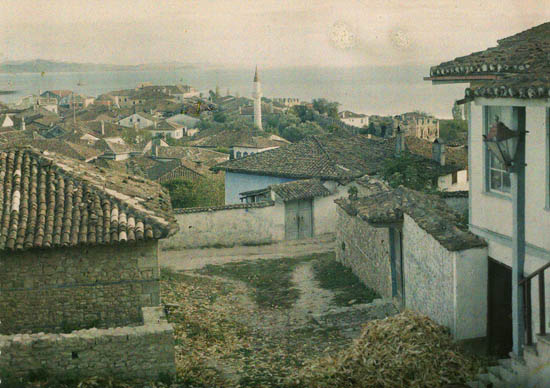

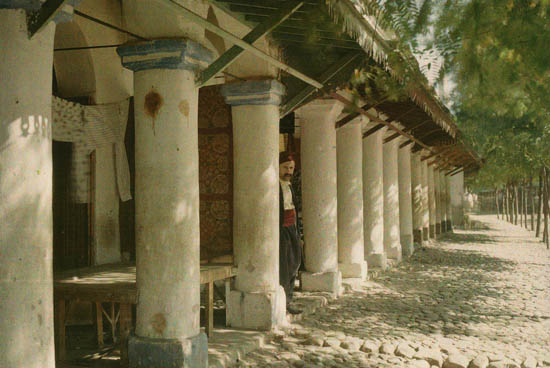
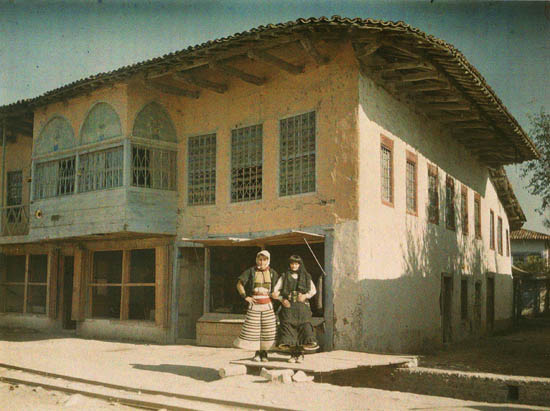
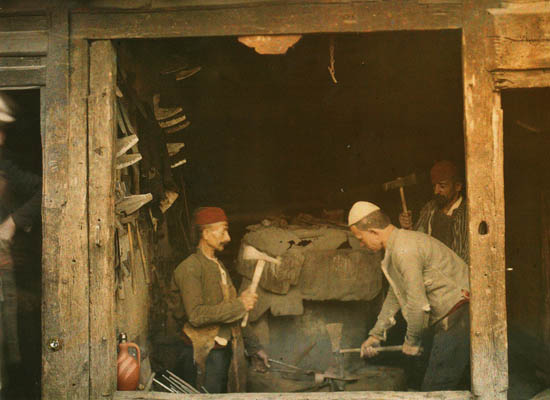
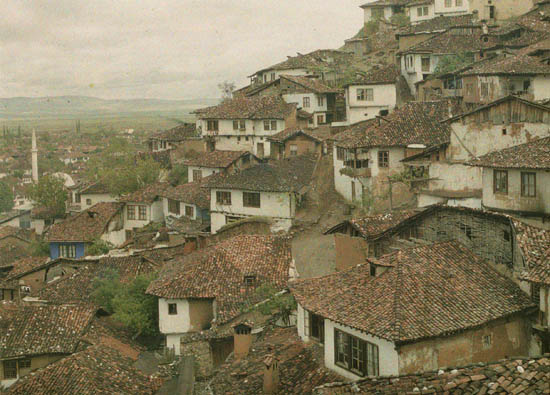
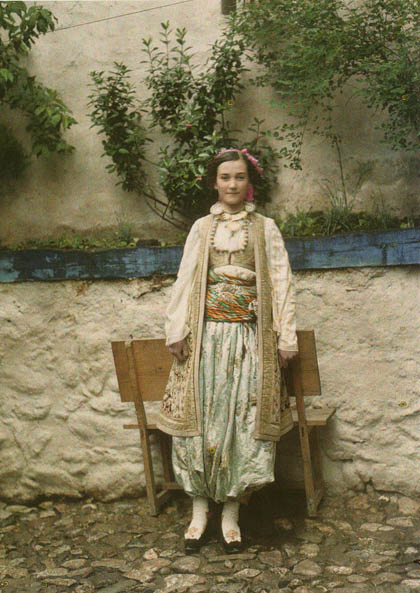

























































No hay comentarios:
Publicar un comentario